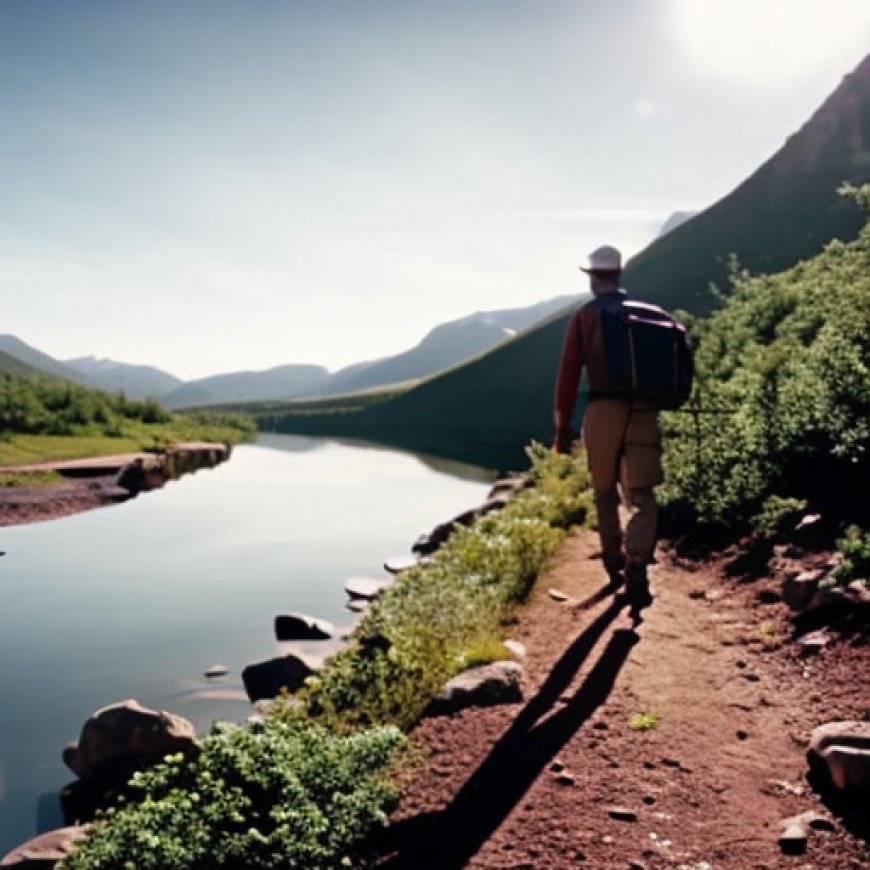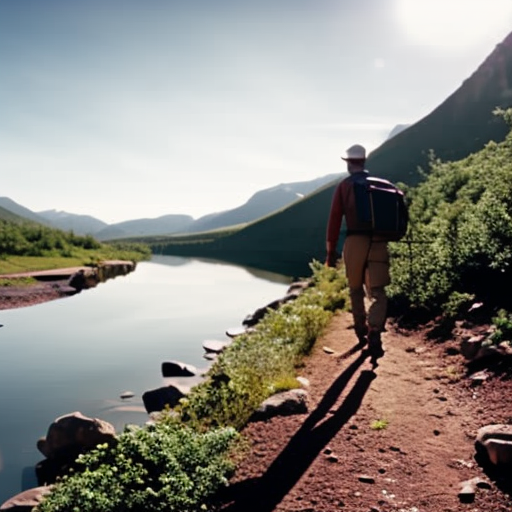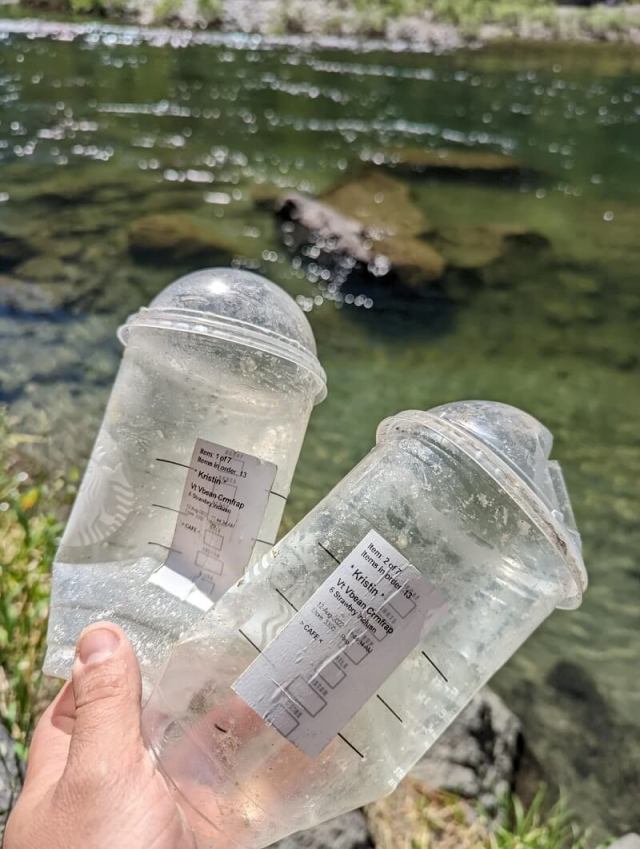Hiker makes upsetting discovery while walking along riverbank in national forest: ‘Probably five more downstream’
Hiker makes upsetting discovery while walking along riverbank in national forest: 'Probably five more downstream' The Cool Down


Hiker Makes Upsetting Discovery while Walking Along Riverbank in National Forest: ‘Probably Five More Downstream’
A hiker shared their frustration on the r/mildlyinfuriating subreddit about the litter they found in a beautiful landscape.
“Litter found on the banks of a river in a National Forest. Be better, Kristin,” the poster wrote a couple of years ago, referring to the order name printed on two Starbucks cups.

Extent of the Litter
Many users pointed out that the pair of vanilla bean crème frappuccinos with six strawberry inclusions were only part of the order, which included other drinks and six food items.
- “Only two of seven… probably five more downstream,” one commenter wrote.
- Another said: “Seriously, that must be a $75 Starbucks order with 7 items.”
Okanogan-Wenatchee National Forest
The site of the offense, the Okanogan-Wenatchee National Forest in Washington, covers 3.8 million acres of the Cascade Range. The majestic terrain is home to black bears, wolves, mountain goats, and pine martens, among other wildlife.
Environmental Impact of Litter
The most concerning thing about the litter is that animals could ingest it, but it also poses a threat to humans since plastic does not break down but only degrades into microplastic, which allows it to enter soil, air, waterways, aquatic organisms, and human bodies.
The petroleum-based substance has been found in enormous quantities worldwide. In Kenya, 75 pounds of the stuff was discovered in a cow’s stomach, and whales eat millions of microplastics every day.
Sustainable Solutions
All the more reason to do as this poster did and pick up any garbage you find in nature so it can be recycled or disposed of. But since most plastic is hard to recycle, it’s better to use and support businesses that use sustainable products, including metal water bottles and plastic alternatives such as mycelium, food waste, and molded fiber.
One Redditor pointed out that the producers of plastic should bear the brunt of its environmental costs.
“And here we are getting charged for a cup or bag,” they lamented. “It’s the corporations that should be charged. Not us consumers.”
Others shared stories of similar experiences.
“I live in NW FL and go to the beach every weekend,” someone wrote. “And every weekend I bring a bag and pick up other people’s trash. Most common items: water bottle caps, capri sun/juice box straws, cigarette butts, plastic utensils. In that order. It’s sad.”
Cool Picks
Join our free newsletter for cool news and cool tips that make it easy to help yourself while helping the planet.
SDGs, Targets, and Indicators Analysis
1. Which SDGs are addressed or connected to the issues highlighted in the article?
- SDG 14: Life Below Water – The article discusses the issue of litter, particularly plastic, entering waterways and posing a threat to aquatic organisms.
- SDG 15: Life on Land – The article highlights the impact of litter on wildlife in the Okanogan-Wenatchee National Forest.
2. What specific targets under those SDGs can be identified based on the article’s content?
- SDG 14.1: By 2025, prevent and significantly reduce marine pollution of all kinds, particularly from land-based activities, including marine debris and nutrient pollution.
- SDG 15.1: By 2020, ensure the conservation, restoration, and sustainable use of terrestrial and inland freshwater ecosystems and their services, in particular forests, wetlands, mountains, and drylands, in line with obligations under international agreements.
3. Are there any indicators mentioned or implied in the article that can be used to measure progress towards the identified targets?
- Indicator for SDG 14.1: Proportion of coastal and marine areas protected to conserve biodiversity and ecosystem services.
- Indicator for SDG 15.1: Coverage by protected areas of important sites for mountain biodiversity.
Table: SDGs, Targets, and Indicators
| SDGs | Targets | Indicators |
|---|---|---|
| SDG 14: Life Below Water | 14.1: By 2025, prevent and significantly reduce marine pollution of all kinds, particularly from land-based activities, including marine debris and nutrient pollution. | Proportion of coastal and marine areas protected to conserve biodiversity and ecosystem services. |
| SDG 15: Life on Land | 15.1: By 2020, ensure the conservation, restoration, and sustainable use of terrestrial and inland freshwater ecosystems and their services, in particular forests, wetlands, mountains, and drylands, in line with obligations under international agreements. | Coverage by protected areas of important sites for mountain biodiversity. |
Behold! This splendid article springs forth from the wellspring of knowledge, shaped by a wondrous proprietary AI technology that delved into a vast ocean of data, illuminating the path towards the Sustainable Development Goals. Remember that all rights are reserved by SDG Investors LLC, empowering us to champion progress together.
Source: thecooldown.com

Join us, as fellow seekers of change, on a transformative journey at https://sdgtalks.ai/welcome, where you can become a member and actively contribute to shaping a brighter future.







